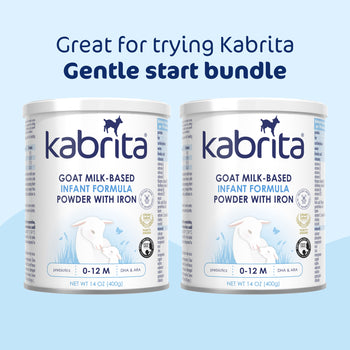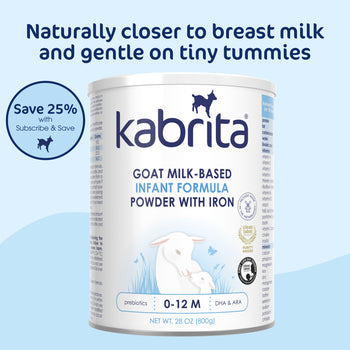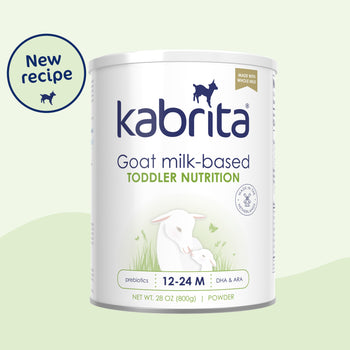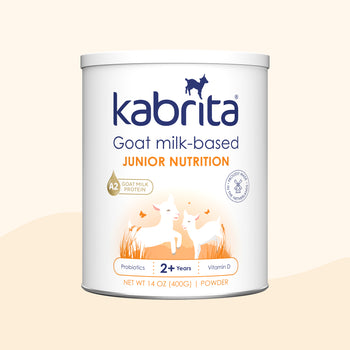Palm Oil, Calcium Soaps & Palmitic Acid

Palm oil often gets a bad rap! As fats undergo a complex digestive process, blaming palm oil for "calcium soaps" may be be too simplistic. Read on to learn more about palm oil, the importance of structure of fatty acids in formula, and how palmitic acid may, or may not, create “calcium soaps” in the gut.
What is Palm Oil? Does Palm Oil Create Calcium Soaps?
In the US, the infant formula industry standard is to use a blend of plant-based oils to model the fats found in breast milk. For some companies, this blend may include palm oil or palm olein, oils rich in critical fatty acids.
What is Critical Fat?
Fatty acids are the building blocks of fat. And, palmitic acid is the second most abundant fatty acid found in breast milk, making up about 20-25% of the total fat profile. The fat in baby formula is intended to model the fatty acid composition of breast milk. Some formula manufacturers use palm or palm olein oil as a source of critical palmitic acid.

You can learn more about fatty acids, plant-based oils, and the fat in Kabrita Goat Milk Toddler Formula by reading Understanding the Fat in Formula blog.
Why Does Fat Structure Matter?
A triglyceride is a fat with a “fork-like” structure, with three fatty acids. The structure of the triglyceride – that is, the placement of a fatty acid in the “fork” – impacts how readily, or not, fatty acids are absorbed into the intestine.
Below are two triglycerides – similar but not equal when it comes to absorption.
On the left is a triglyceride where palmitic acid occupies the middle position of the “fork”, as is in a fat blend with beta palmitate. On the right is a triglyceride where palmitic acid occupies the first and third positions of the “fork”, as is found in some commonly used formula fat blends.

Fat Digestion – Palmitic Acid Simplified
In order for fatty acids to be absorbed into the intestine, a triglyceride must first be broken down.
In a commonly used fat blend, when palmitic acid is freed from the first and third positions of the “fork”, it can bind to calcium in the gut. This palmitic acid-calcium complex is called a “calcium soap”. Calcium soap formation is associated with less fatty acid and calcium absorption, as well as harder stools.

In contrast, when palmitic acid occupies the middle position of the “fork”, as in Kabrita Goat Milk Toddler Formula’s fat blend with beta palmitate, oleic acid is freed from the first and third positions. Palmitic acid remains attached to the backbone and is absorbed into the intestinal cell. Palmitic acid is unable to bind with calcium and “calcium soaps” are not formed!

So, is Palm Oil or Palm Olein bad for your Baby?
It depends.
Palmitic acid is a critical fatty acid in breast milk and an integral part of the fat in formula. Manufacturers may source palmitic acid from palm oil or palm olein, or another plant-based oil. As fats undergo a complex digestive process, it’s not simply palm or palm olein oil that is to blame for the creation of “calcium soaps”. Rather, it is the structure of fatty acids in formula, such as palmitic acid, that impacts the formation of “calcium soaps” in the gut.
A fat blend with beta palmitate (where palmitic acid is in the middle position of the “fork”), such as that found in Kabrita Goat Milk Toddler Formula, is much more desirable as it is not associated with “calcium soap” formation; rather, it has been positively associated with increased fatty acid and calcium absorption as well as improved stool consistency.
For more information for Health Professionals and to request samples for your practice, visit our Healthcare Professionals page.
Remember to follow us on Pinterest and Instagram, and like us on Facebook for more nutrition and parenting tips!



